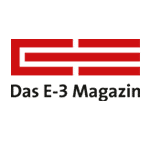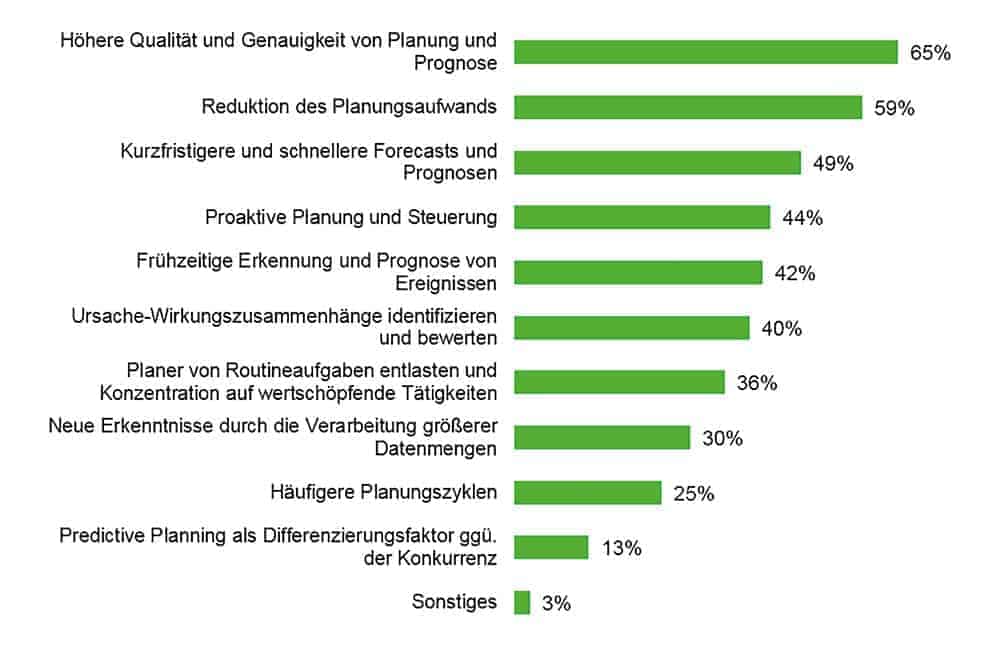Barc study: Great expectations for better forecasts


Predictive planning and forecasting is rapidly gaining relevance for many companies (75 percent see increasing relevance). They expect to use predictive models to improve the results of planning and the planning processes themselves in order to achieve more meaningful results more quickly.
New technologies are enabling an increasing number of companies to forecast future developments with ever greater accuracy. In the new study "Predictive Planning and Forecasting takes corporate planning to the next level", the Business Application Research Center (Barc) surveyed 308 IT and planning managers from the DACH region on the use of predictive planning and forecasting as part of corporate planning.
Predictive planning and forecasting should provide better technical support for existing processes (48 percent) and shorten them (51 percent), as well as relieve the planners. The aim is to automate projections to a greater extent.
At the same time, the quality - accuracy and informative value - of planning is to be increased by identifying cause-and-effect relationships (the drivers) and integrating them more strongly into planning models (60 percent).
Furthermore, the focus is on gaining knowledge about the company and the market environment and incorporating this into planning. This is made possible by processing and linking internal and external data with the help of explorative analysis.
As a result, planning concentrates on key drivers that are relevant to control. Stronger focus and more automation enable forecasts and planning to be carried out more quickly and uncertainty and dynamics to be taken into account with the help of simulations.

The focus of companies is not on the complete automation of planning. While the majority believe that predictive planning and forecasting will deliver more accurate forecasts than human planners (86 percent), few expect this across the board. Rather, companies expect selective improvements and do not see computer-aided generation of plan and forecast data as a panacea.
Predictive Planning and Forecasting has the potential to take business planning to the next level, making it one of the definitive trends for improving planning.
However, the current spread of the approach is still low (59 percent have not yet had any experience). The majority of companies are still in the early stages of development and only a small proportion are already using corresponding options productively today (22 percent).
However, only a small proportion of companies do not intend to invest in know-how development in the future (14 percent). The large remainder of companies are currently building up the necessary skills or will do so in the future, or have already planned or taken concrete steps to implement them (86 percent). The expected benefits of predictive planning and forecasting are high and complex.
The right software
Clearly the biggest challenges and barriers to using predictive planning and forecasting are the required expertise (64 percent) and lack of resources (52 percent).
Accordingly, it is important to use software that is not only easy to use in the provision of planning data and models, but also offers options that can deliver good results with little specialized knowledge.
When it comes to software support, companies predominantly rely on the planning tools they already use (35 percent). The operationalization of predictive models in corporate planning is a core requirement for operating efficient and transparent planning models.




